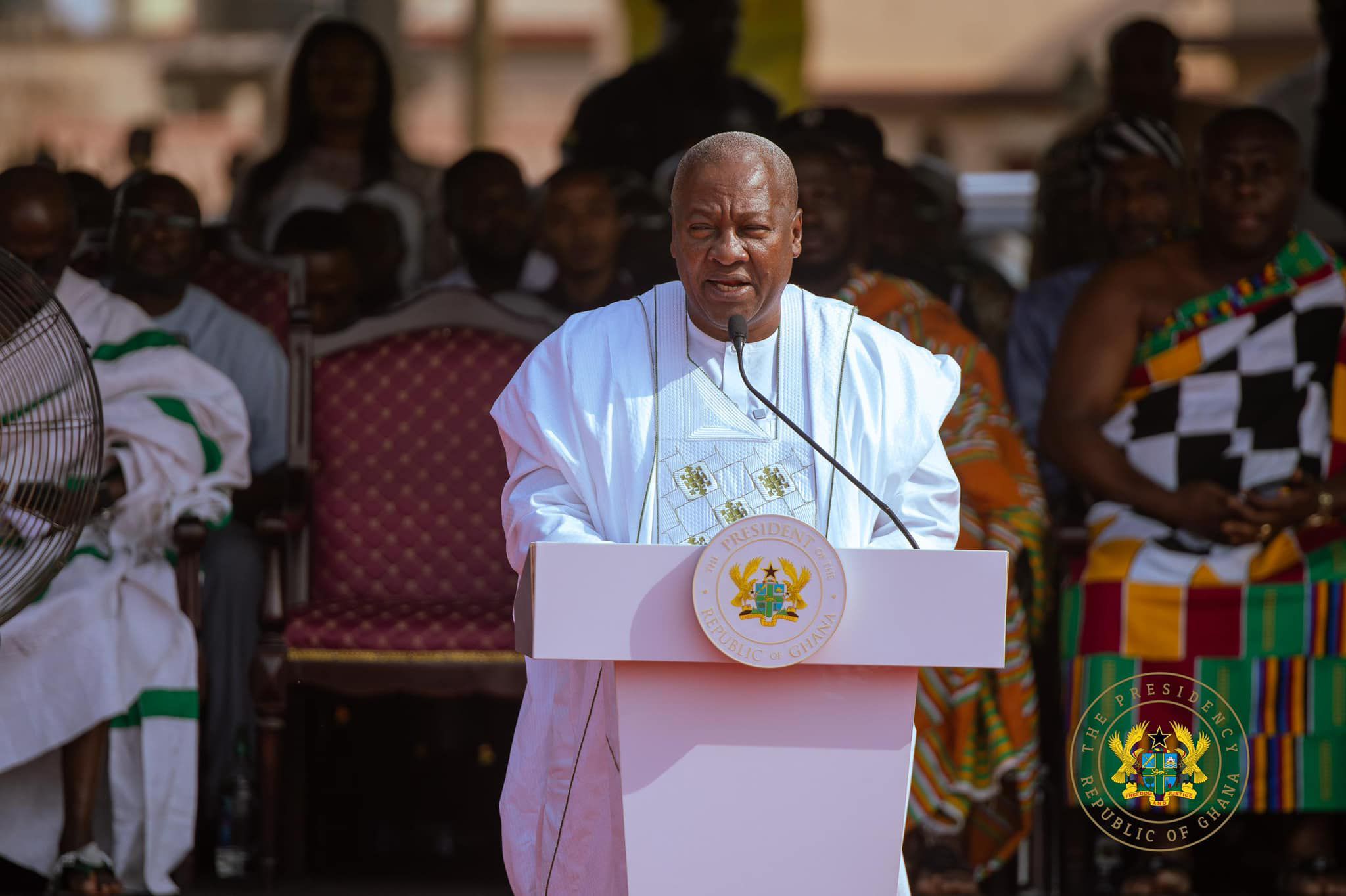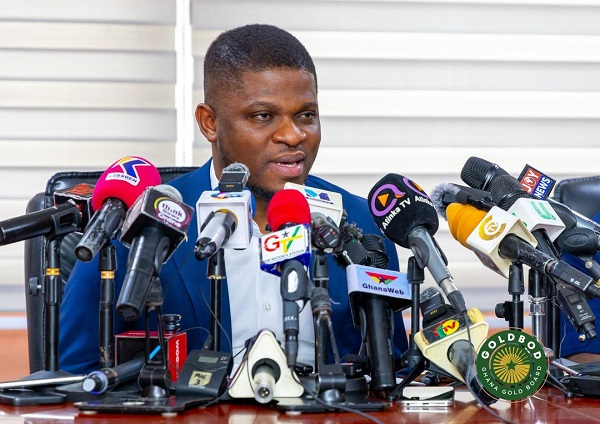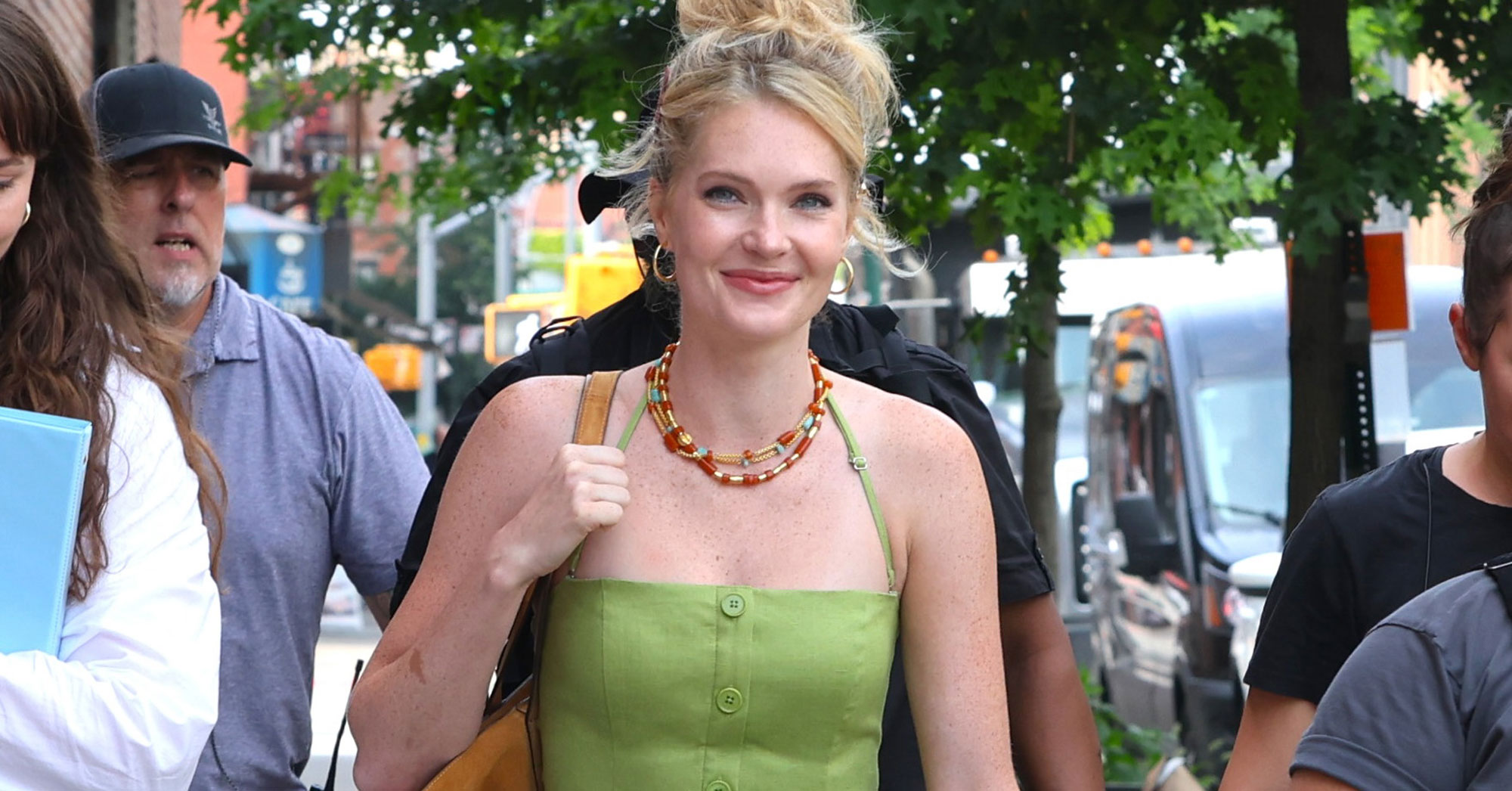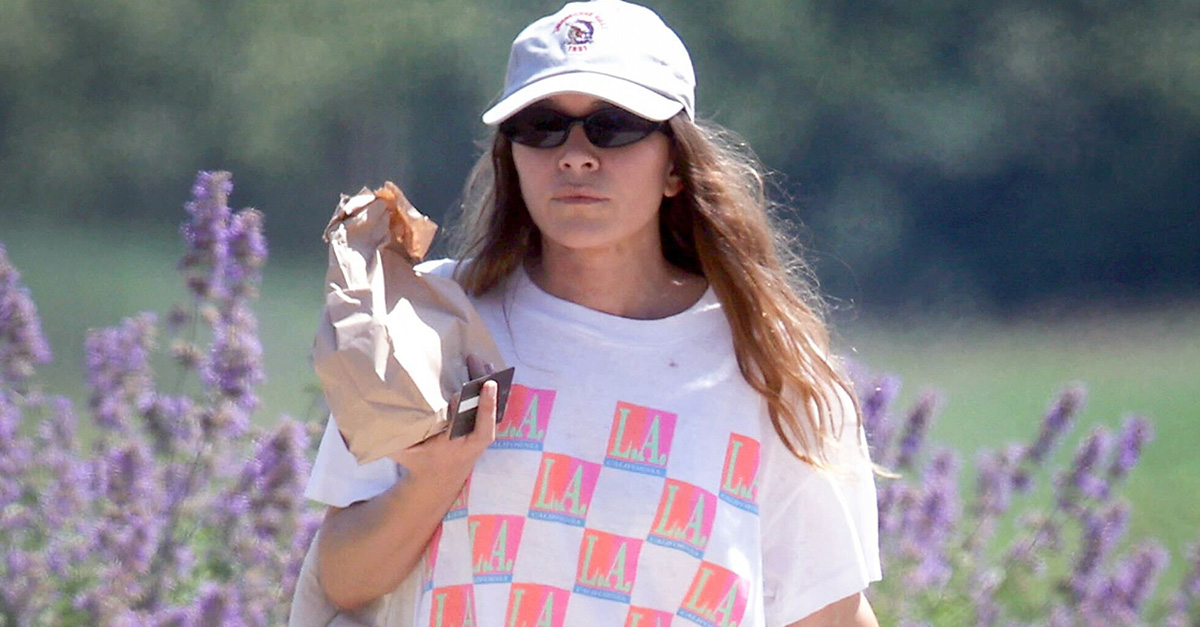From loafers to sneakers: why snoafers are dominating 2025 footwear trends - FashionNetwork USA
In the world of fashion hybrids, there are skorts (shorts that look like skirts), jeggings (leggings made of stretch denim), and shackets (shirt-jackets). The latest style mash-up: snoafers.
One of the biggest trends in footwear combines the cushioned sole of a sneaker with the upper of a loafer, for a comfortable business-casual shoe that is meant to be worn anywhere. Although their divisive appearance initially generated backlash, snoafers have emerged as a viral breakout category for major sneaker brands including New Balance, Hoka, and Puma, selling out quickly and landing on online marketplaces at wildly inflated prices since last year.
Joining the trend late is Nike, which recently introduced its Air Max Phenomena, created through the company’s Serena Williams Design Crew apprenticeship program. Prior to its release last week, the $155 snoafer was listed on StockX for as much as $500, fueling buzz for the sportswear giant after a year-long sales slump.
In a $457 billion global footwear market loaded with sneakers, “customers are looking for something different,” said Drew Haines, senior marketplace director at resale marketplace StockX, which has seen an influx of shoppers vying for the latest snoafers.
Sneaker enthusiasts appear more receptive to unconventional silhouettes being developed by a wider array of brands, he said—an encouraging sign for footwear designers eager to experiment and differentiate themselves in an increasingly saturated market. When trends in fashion arise, they often have short lifespans—something amplified by a social media-driven culture—forcing companies to continuously innovate to stay relevant.
“I do think brands are going to start to take some of these risks… to produce and release products that are outside of the traditional scope,” Haines said. “Whenever they do that, it seems to really resonate.”
New Balance began selling its snoafer, the 1906L, in September and is credited with popularizing the silhouette.
“We’ve been blown away by how the 1906L has been embraced—not just by sneaker fans, but by a broader audience,” said Charlotte Lee, a New Balance design manager. “It’s opened up a new design space for us, and we’re definitely planning to explore that further.”
That includes new colors and materials expected to be released soon. New Balance did not provide sales figures, but the shoes quickly sold out online in the U.S., and Lee said demand has remained strong beyond the initial drop.
“We wanted to challenge the perception of loafers,” she said. By fusing the performance of a sneaker with the “dressier” look of formal footwear, the 1906L is “a product that fits how people actually live and move.”
Hoka, known for its running shoes, is currently sold out of its all-gender Speed Loafer, which retails for $185. Puma debuted its Sophyr loafer last year and is still sold out in multiple sizes.
Nike-owned Converse is also getting in the game, unveiling its All-Star Coinloafer in the U.S. in June. Different shoe variations have been offered in Japan as early as 2022, according to Women’s Wear Daily.
The hype hasn’t let up: Online searches for New Balance’s 1906L have increased 3,700% on StockX since last year's first quarter—months before its release.
Kelly Baartman, 27, bought a pair of Rich Oak 1906Ls from a shoe store called Archive in June and said she loves the hybrid versatility of the shoes.
“I love wearing a sneaker and I love wearing a loafer,” said the content creator from South Africa. “To see that concept come together, just based on my personal style, I was like, ‘Oh, this is literally perfect.’”
Angel Edme, a content creator from Brooklyn, said she enjoys it when brands take creative risks.
“It was something different,” she said of her 1906Ls, which she wears to run errands and attend creator events. “It felt fresh and playful—something I could experiment with and style in new ways.”
Even big apparel companies are taking note.
“The loafer is 100% making a comeback in every single form,” said Mark Breitbard, president and chief executive officer of the Gap brand, in an interview with Bloomberg. He said Gap takes into account what shoe styles are trending when the company designs its jeans, to ensure its clothes complement what shoppers are wearing on their feet.







:max_bytes(150000):strip_icc()/070125-marykate-olsen-social-12d8b358eaa6434f8ee5ab6a73192f39.jpg)

:max_bytes(150000):strip_icc()/GettyImages-2202748428-637c3134ceca4a769b722ab0651feb6a.jpg)


